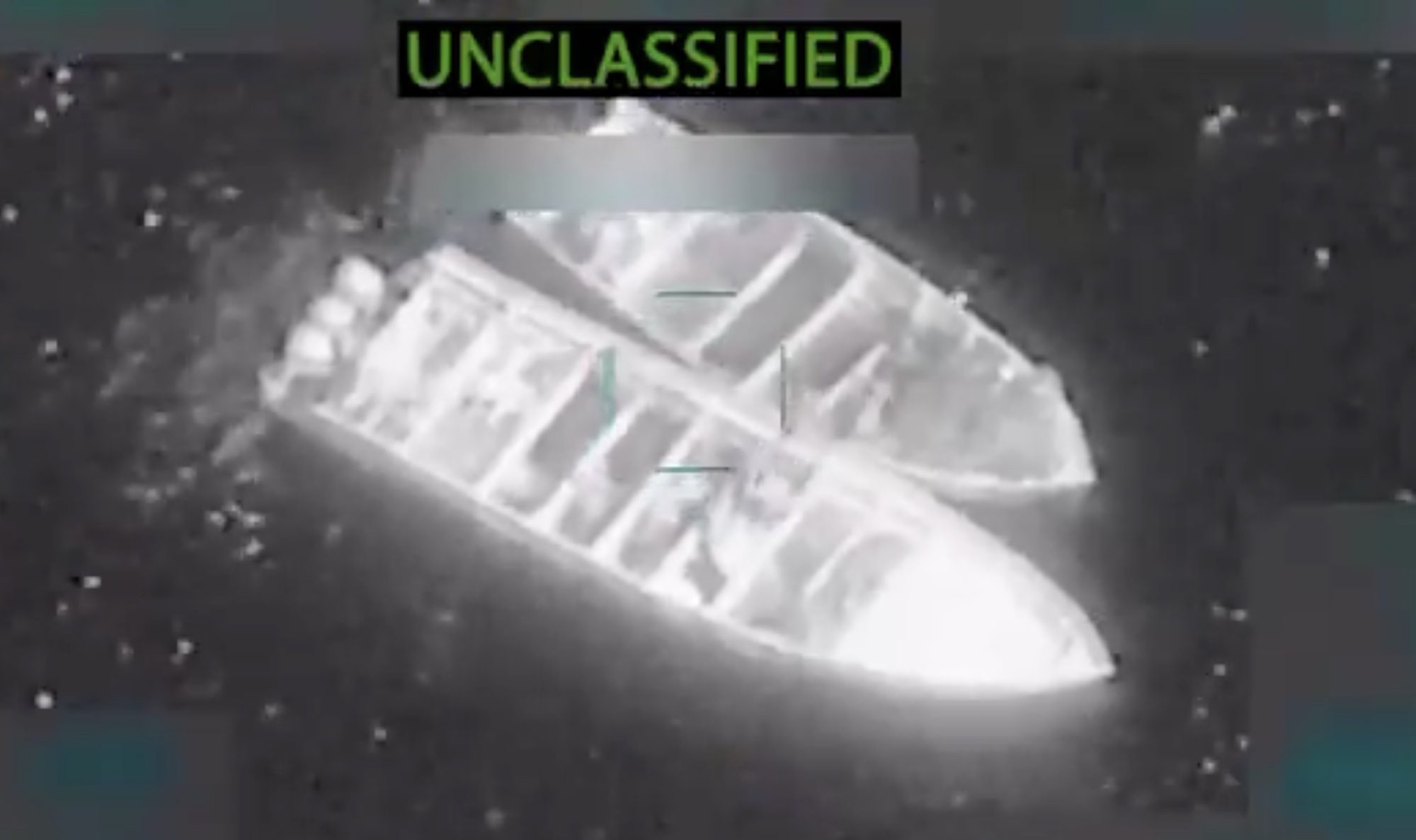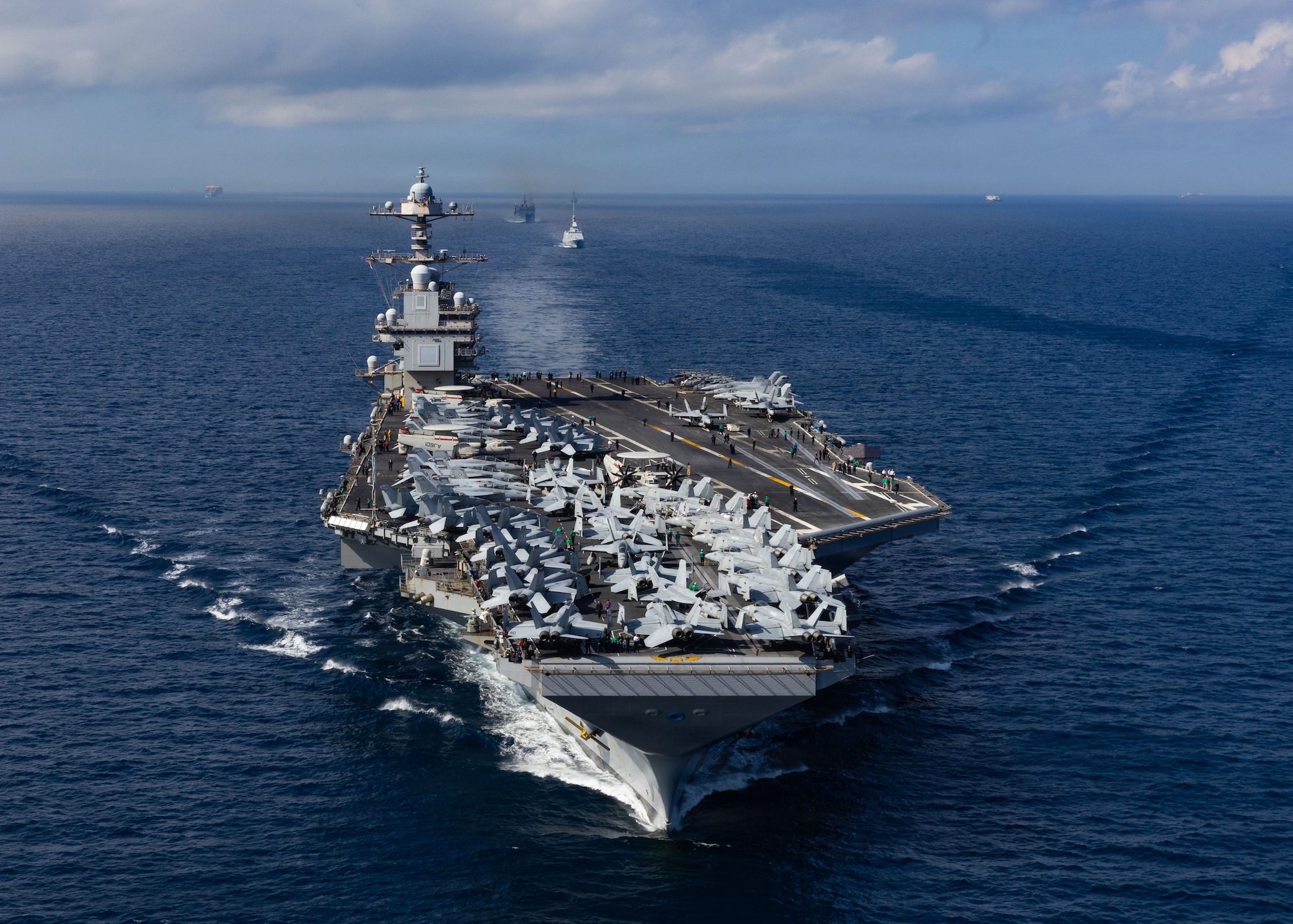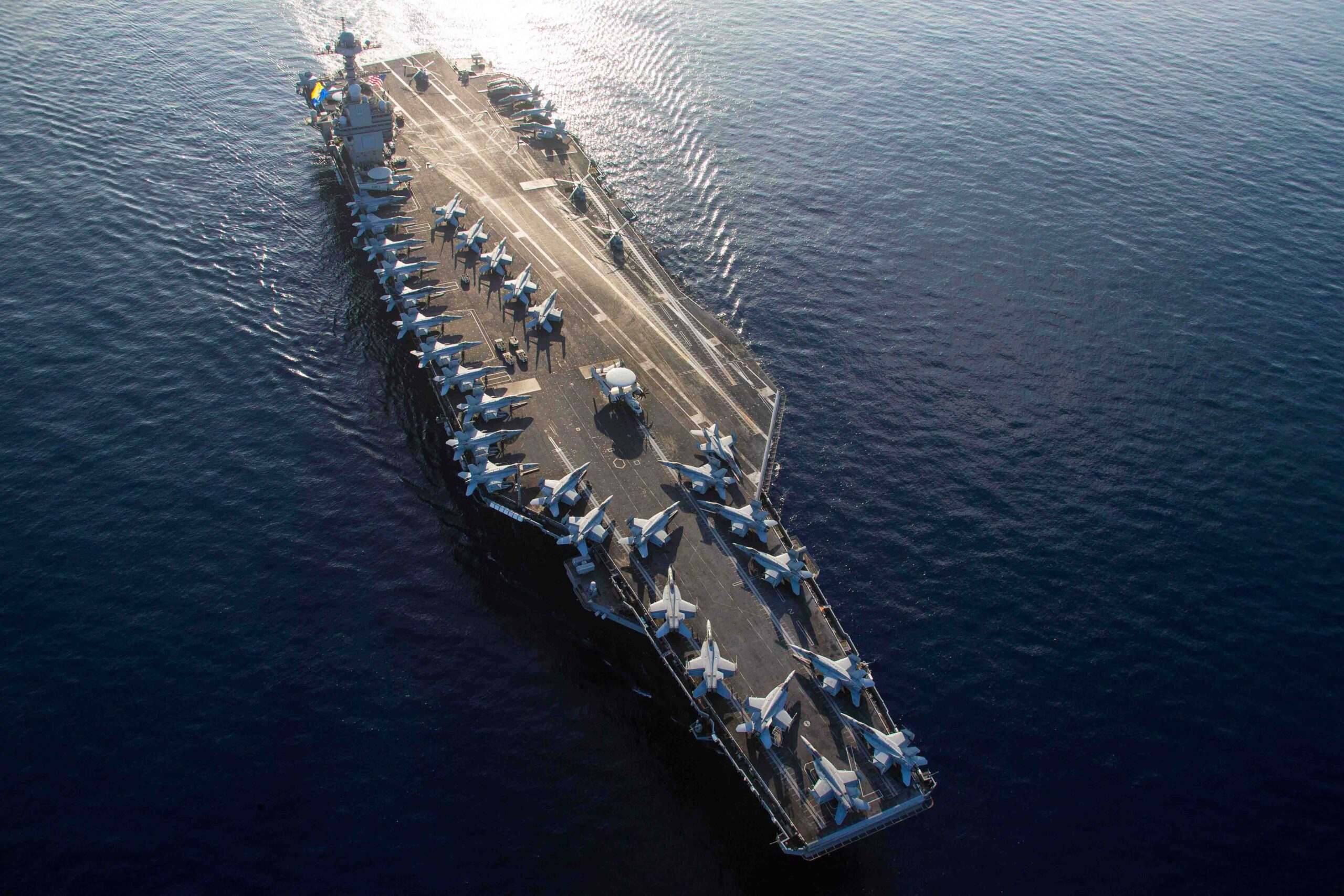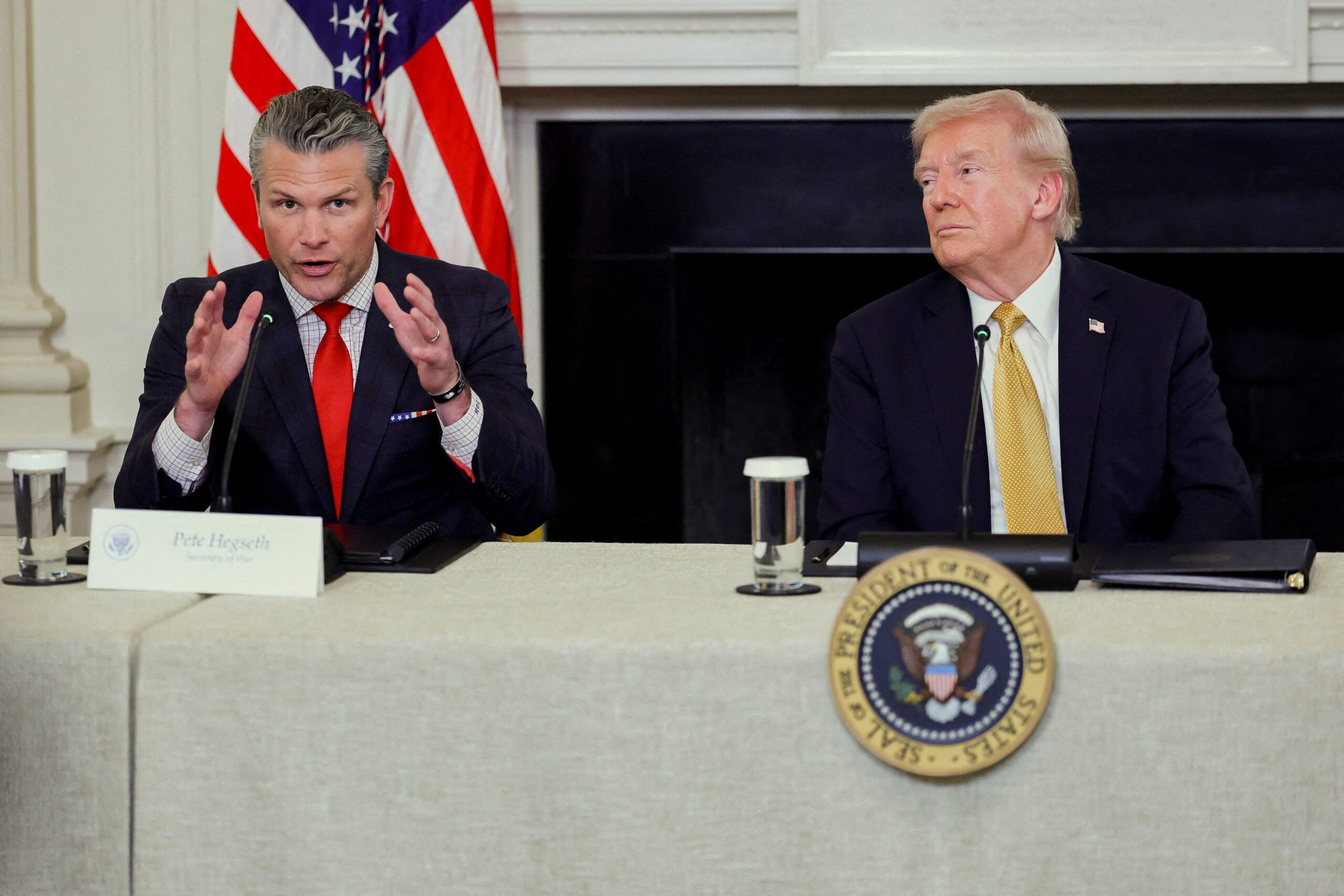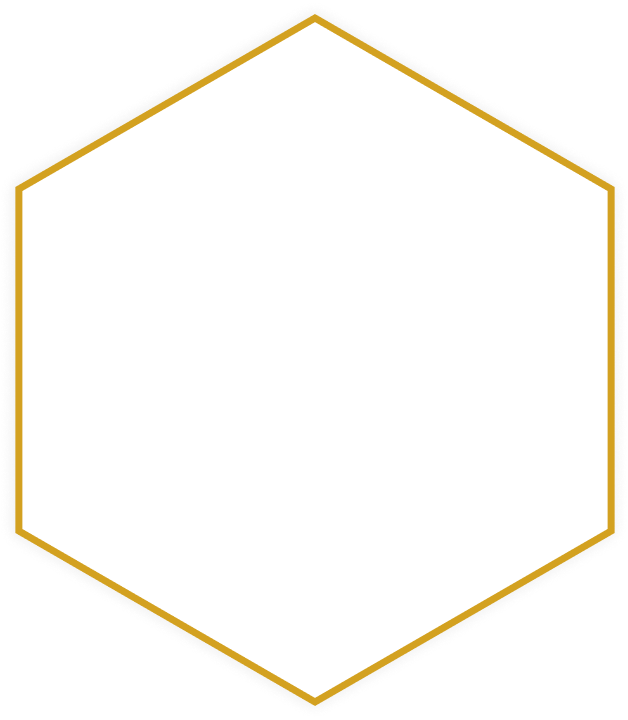President Trump’s Department of War carried out three lethal strikes on four vessels in the Eastern Pacific on Monday, killing 14 people and leaving one survivor whose rescue is being coordinated by Mexican authorities.
Secretary of War Pete Hegseth announced the operations on social media, stating that the strikes targeted vessels “operated by Designated Terrorist Organizations (DTO) trafficking narcotics in the Eastern Pacific.” The vessels were identified through intelligence and were transiting known narco-trafficking routes carrying narcotics.
The first strike killed eight individuals aboard a vessel, followed by a second strike that killed four more. A third strike resulted in three deaths and one survivor. All strikes occurred in international waters with no U.S. forces harmed.
Following the third strike, USSOUTHCOM initiated standard Search and Rescue protocols. Mexican SAR authorities accepted the case and assumed responsibility for coordinating the rescue of the survivor.
In his statement, Hegseth said: “The Department has spent over TWO DECADES defending other homelands. Now, we’re defending our own. These narco-terrorists have killed more Americans than Al-Qaeda, and they will be treated the same. We will track them, we will network them, and then, we will hunt and kill them.”
The strikes represent an expansion of the administration’s military campaign against drug trafficking organizations. Since early September, more than 10 strikes have killed at least five dozen alleged “narco-terrorists.” Last week marked the first known operations in the Eastern Pacific, expanding beyond Venezuela and surrounding waters.
The Pentagon has justified the operations under a determination that the United States is engaged in a “non-international armed conflict” with transnational drug cartels. President Trump told reporters this week: “I think we’re just going to kill people that are bringing drugs into our country. OK? We’re going to kill them.”
Secretary Hegseth has ordered the Gerald R. Ford Carrier Strike Group to the U.S. Southern Command region to “reinforce operations against transnational criminal organizations.” The deployment adds to a Caribbean already crowded with U.S. destroyers, a nuclear submarine, and fighter jets.
The military effort runs parallel to the Coast Guard’s Operation Pacific Viper, which since August has seized over 100,000 pounds of cocaine across 34 interdictions resulting in 86 arrests. However, most seaborne narcotics shipments reach the United States via the Pacific, not the Atlantic, where U.S. forces are concentrated.

 Join The Club
Join The Club



